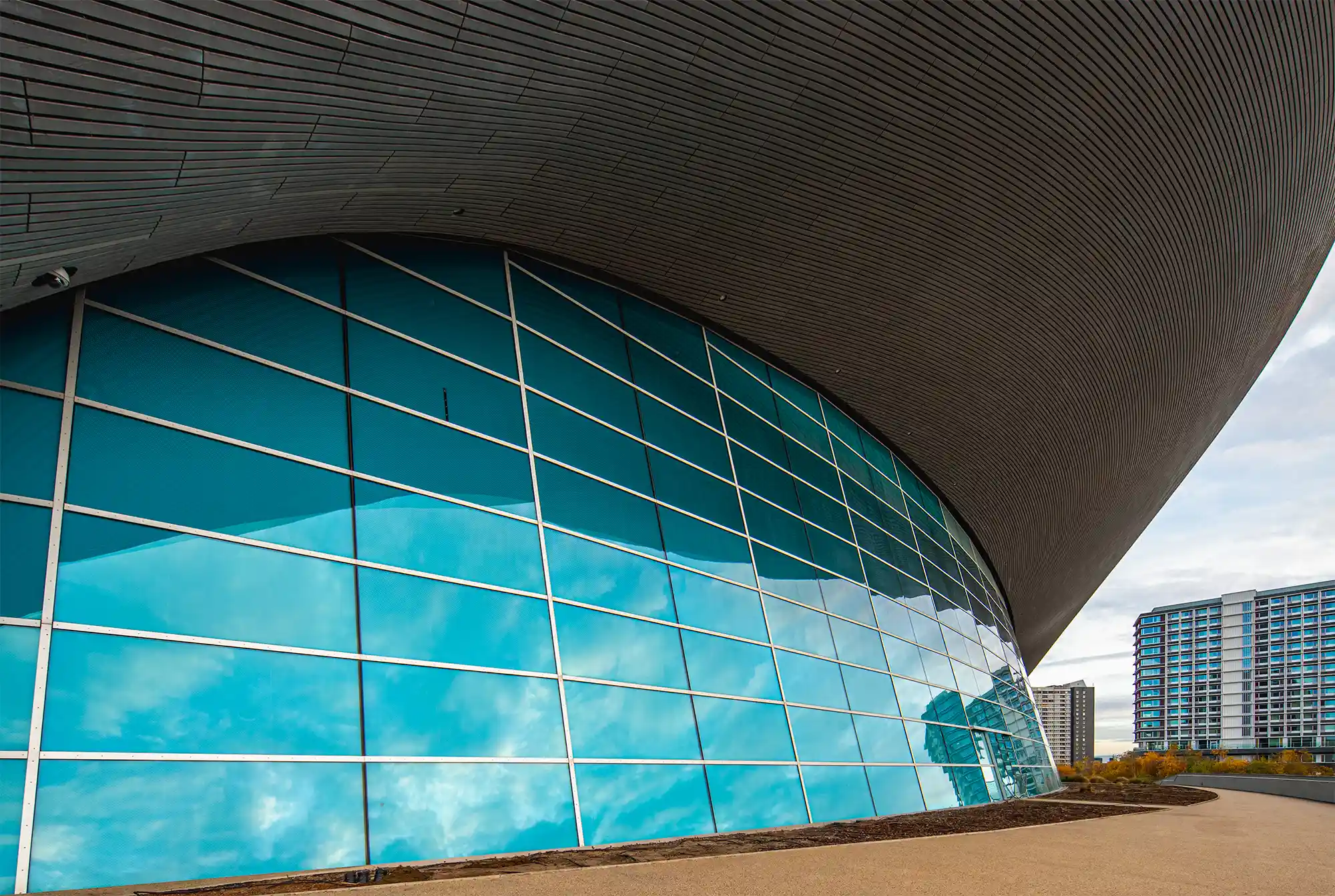Table of Contents
ToggleHow to Get Better Results from Architectural Photography in London
If you’re a firm in London already working with architectural photographers, chances are you’re not trying to fix something broken. Instead, you’re looking to sharpen something that already works. You want to give it a new edge. A different voice. One that deepens the way your projects are seen and felt. And when it comes to architectural photography in London, where visual standards are high and creative expectations even higher, subtle shifts in how a space is photographed can completely reshape how your work is received.
Projects are often stunning in person. However, when it comes to how they’re captured, the image either elevates the space or leaves something behind. Somewhere in that gap—between what a space is and how it’s interpreted—is often where new creative partnerships begin.
If you’re already investing in photography but feel your visuals could do more, this guide is written for you.
Why Architectural Photography in London Needs to Evolve with Your Projects
Your projects have grown more complex
Whether you’re designing residential spaces in Hackney or commercial interiors in Clerkenwell, your visuals should evolve with the scale and intention of the work. Over time, I’ve seen firms lose momentum not because the design lost power, but because their photography didn’t evolve alongside it. Sometimes, that shift is subtle. Place two years of your projects side by side and you may find they feel visually similar. Often, the design has changed. But the photography hasn’t.
Your audience expects layered storytelling
In today’s landscape, a photo isn’t just a record. It’s a statement. It says who you are, who the project is for, and why it matters. Moreover, clients and editors now expect to feel something in the frame that reflects what they would experience if they walked through that space. This is where architectural photography in London must balance clarity with emotional depth.
One style can’t serve every project
I’ve worked with firms who are deeply loyal to their go-to photographers. That kind of trust matters. Even so, I also know what happens when every project gets interpreted through the same visual lens. The result can be a portfolio that begins to flatten. When projects feel similar, it’s not always the design. Often, it’s how the story is being told.
How Top London Firms Maximise Architectural Photography
They match photographers to the project
Not every project needs the same perspective. Residential interiors benefit from softness and restraint. On the other hand, commercial exteriors may require boldness, sharp lines, and atmosphere. Leading firms in London curate their visual collaborators with intention. The result is a portfolio that feels purposeful, not repetitive.
They avoid visual fatigue
Repetition can dull even the most compelling design work. If every shoot looks and feels the same, even excellent spaces lose their impact. Top firms avoid this by working with photographers who bring different tones to different briefs. This variation, when intentional, keeps their visual identity feeling alive.
They work collaboratively, not transactionally
The best results happen when photography is part of the creative conversation—not just the final checklist. In my experience, when a firm invites the photographer into the narrative early, the images carry more weight. They don’t just document the space. They interpret it. That shift in approach often makes the difference between a photo that lands in a project folder and one that ends up in a press kit.

Where I Add Value to the Visual Process
Combining clarity with narrative
With every shoot, I try to give your design language a second voice. One that reinforces, but never overwhelms. I look for the emotional center of the space, not just its geometry. The goal is to create images that are structured, human, and quietly immersive. Sometimes that means letting a shadow stay. Other times, it means resisting the urge to over-style a frame. Often, the most powerful visual choices are the most restrained.
Adapting without diluting
My role isn’t to impose a look. It’s to listen—to the space, to your brand, to the way you speak about the project—and then respond visually with care. Clients tell me that the best collaborations are the ones where they still see themselves in the final work, only with more depth. That’s what I try to bring.
Integrating seamlessly with creative teams
Having worked with design leads, branding teams, and developers, I understand what structured collaboration looks like. You shouldn’t have to over-explain. You shouldn’t have to chase assets. I aim to bring clarity, efficiency, and images that feel like they belong in your system—not something bolted onto it.
What to Consider When Adding a New Photographer
Start with a project that feels different
You don’t have to test a new photographer on your highest-stakes brief. In fact, it’s better to begin with something slightly more open. It might be a show flat. A special feature. A quietly personal project that hasn’t yet found its visual voice. That’s where new perspectives shine.
Set boundaries, then open space
If brand consistency matters—and it always should—set expectations up front. Let the photographer know what defines your look, what’s flexible, and what’s sacred. Once that frame is in place, give them space to work inside it. That balance between definition and freedom often leads to the most original results.
Use difference to your advantage
When a new voice enters the mix, your visual identity doesn’t break. It sharpens. The contrast between familiar and new adds richness. It shows your firm knows how to evolve without losing who you are. And for the viewer, that subtle variation creates rhythm across your portfolio.
Final Thoughts
You probably don’t need a new photographer. But you might need the right one for what’s next. That next project. That shift in tone you’ve been sensing but haven’t yet articulated.
Photography, when chosen well, becomes a second act of design. It shows not only what you built, but what you meant. It makes the work feel seen.
If your next space calls for a photographic voice that brings calm, structure, and quiet narrative to the frame, I’d be glad to bring it to the table.
You can explore my architectural photography work here, or get in touch if you’d like to discuss an upcoming project.
For additional perspective, Dezeen and RIBA provide insight into how architectural photography in London is shaping design visibility today.

